

Volume 85
Published on August 2024Volume title: Proceedings of the 4th International Conference on Materials Chemistry and Environmental Engineering
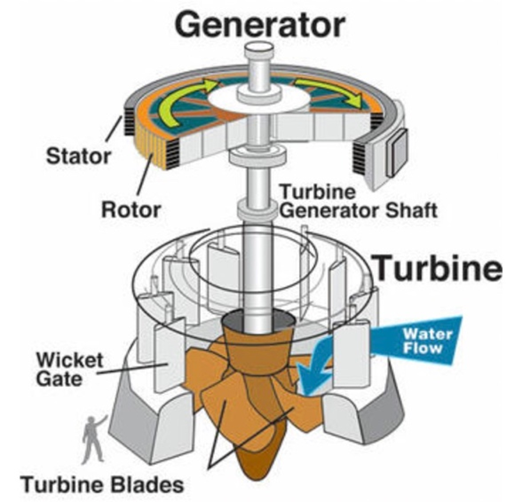
Hydropower is a clean and sustainable energy source that generates electricity by utilizing the potential energy of flowing water for energy conversion. It produces 16% of the world’s electricity and is the most widely used renewable energy source. In most cases, hydropower plants are built on rivers or other bodies of water that vary widely in elevation. The basic concept is to use dams or other structures to create reservoirs at higher altitudes and then release the water through turbines to generate electricity. Renewable energy has become the future development trend, and the amount of coal, oil, and natural gas has been drastically reduced due to human exploitation in the past few decades. This report presents the history of hydropower development since the Han Dynasty; the working mechanism of hydropower, such as its composition and basic physical principles; the physical construction of hydropower and the overall economic system; and the impact of hydropower on the environment and economy, mainly on ecology and global climate.

 View pdf
View pdf


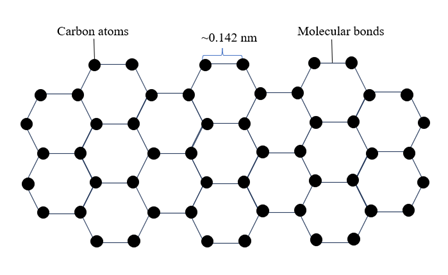
The need for renewable energy source for cheap, portable electronic devices like electric vehicles has promoted an attractive research and innovation in batteries, especially in lithium-ion batteries. Ever since the success commercialization of its application in Sony in 1990s, this kind of battery has proved its efficiency and expense in market as a result of years of research and discoveries, however being limited for various kinds of reasons. With the combination of nanotechnology, modifications have been made to improve the drawbacks of the batteries from the angle of materials. Despite the fact that many attempts of changes have not been well-rounded developed, the discoveries are of great help to future research. In this article, recent research about application of nanotechnology in the development of lithium-ion batteries will be discussed. Starting from the cathode materials to anode materials, the enhancements brought by nanoparticles in typical lithium-ion battery materials will be reviewed, along with their targets and working principles.

 View pdf
View pdf


The background of efficiency improvement and application prospects of solar PV power generation reflects a dynamic and evolving landscape. As technology continues to advance and as society places greater emphasis on sustainability and clean energy, solar PV is expected to play an increasingly significant role in meeting the world’s energy needs while mitigating the environmental impact of energy production. This paper is mainly about how to improve the efficiency of solar photovoltaic power generation and the application of solar power generation. We put together an article mainly by looking up technology and summarizing other people’s opinions. Among them, we have studied the principle of solar power supply systems in the first part. The author analyzed how to choose monocrystalline silicon and polysilicon and how they can improve the efficiency and the use of HJT batteries and PERC solar cells. Both HJT and PERC applications can greatly improve efficiency

 View pdf
View pdf



As a result of the rapid pace of urbanization today, environmental destruction is outpacing regeneration, and many "urban diseases" are occurring frequently. Therefore, there is a need for a facility that can protect the environment without destroying the original city - roof gardens. This paper focuses on the ecological benefits of rooftop gardens and their application in practical situations. It is found that rooftop gardens can improve air quality, store rainwater, mitigate the heat island effect and protect biodiversity. These effects have well alleviated the problems of urban air pollution, water resource stress, urban heat island effect and destruction of ecological environment. And research has found that there are already many excellent examples of the application of rooftop gardens at home and abroad, helping to confirm that rooftop gardens do indeed have the ecological benefits mentioned above, adding to the feasibility. Rooftop gardens are indispensable in the construction of future cities for the well-being of urban residents.

 View pdf
View pdf


Atmospheric dispersion modeling, traditionally inclined towards gaseous dispersion, has undergone significant evolution in capturing the intricacies of particle dispersion in urban and open environments. This comprehensive review explores the nuances of particle-gas interactions, highlighting discrepancies in correlations between their concentrations, influenced by factors such as turbulence and multiple emission sources. The research accentuates the intriguing dynamics between PM2.5 and PM10 concentrations, suggesting the viability of models based on passive scalars for such particles in open environments. However, a marked challenge emerges in modeling particle number concentration, necessitating the integration of aerosol dynamics modules. Emphasizing the diversity of model types, this paper elucidates the specific requirements across varying spatial scales, identifying gaps in understanding particle dispersion and aerosol dynamics. The review critically assesses the performance of notable models, highlighting the paramount importance of quality data sources and underscoring the need for more dedicated focus on particle dynamics beyond mass predictions. Through a synthesis of existing literature and model evaluations, this review seeks to guide future research endeavors, fostering advancements in atmospheric dispersion modeling.

 View pdf
View pdf


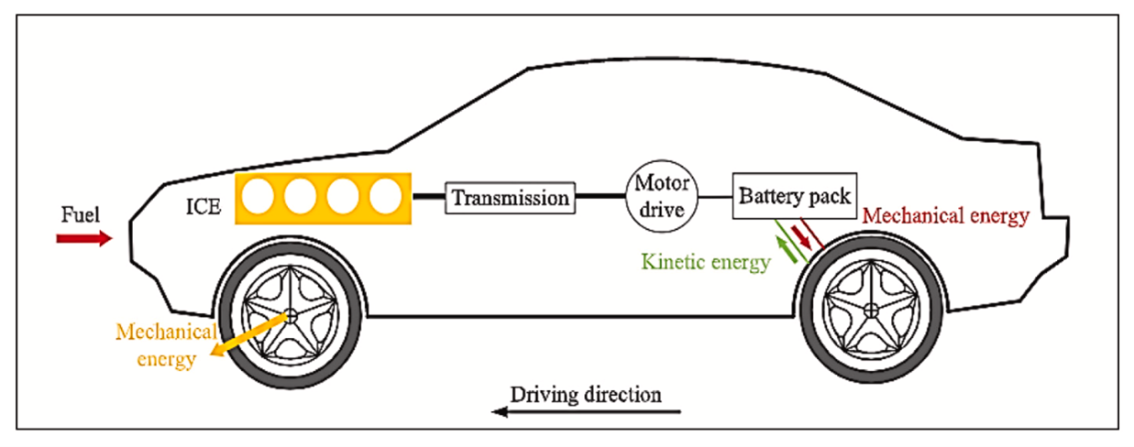
In the backdrop of escalating global vehicle proliferation and the consequent surge in carbon dioxide (CO2) emissions, there is a compelling urgency to innovate energy recovery methods during vehicular operations for heightened energy efficiency and substantial environmental emission reductions. This paper discussed a variety of vehicle technologies to address environmental emissions issues and critically evaluates contemporary energy recovery technologies across three core dimensions: automotive thermal energy conversion, electronic turbine systems (ETC), and kinetic energy recovery systems. By analyzing empirical data encompassing CO2 emission reduction, energy recovery efficiency enhancement, fuel economy improvement, and applicability diversity across vehicle models, the study aims to establish a scientific foundation for continuous vehicular energy efficiency enhancement and emission reduction. This entails a comprehensive investigation of internal combustion engine principles for potential heat energy recovery, juxtaposing conventional and advanced cycles like the Rankine cycle. Moreover, it involves assessing ETC effectiveness in utilizing exhaust energy while acknowledging system complexity and dynamic response challenges. Additionally, the performance disparities of kinetic energy recovery systems like regenerative braking and exhaust energy recovery in distinct operational contexts are examined. By meticulously comparing experimental data, the paper intends to provide a comprehensive assessment of each technology’s merits and drawbacks in advancing energy efficiency and emission reduction, try to pick one or more combinations to minimise the impact, thereby guiding future research and application in automotive energy recovery, and contributing to sustainable automotive engineering technology advancement.

 View pdf
View pdf


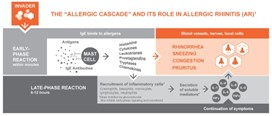
This paper aims to explain the mechanism of Type 1 hypersensitivity and the corresponding action of loratadine and sodium cromoglycate. Type 1 hypersensitivity is the most common type of allergy, which is caused by mast cells and leukocytes releasing chemical mediators, including histamines, cytokines, etc. Chemical mediators cause inflammatory responses, as well as bind to receptors that generate symptoms of allergies. Coping with the reaction, loratadine is a type of antihistamine that can inhibit the activation of the H1 receptor by histamines, it is a drug that performs inverse agonism. Whereas, sodium cromoglycate stabilizes mast cells and prevents the degranulation of chemical mediators, in order to stop inflammatory responses or activation of receptors. It is a drug that behaves as a mediator. There will be explanations in regard to the chemical synthesis of loratadine and sodium cromoglycate. The paper will also touch on the dosage, mode of delivery, as well as side effects of these drugs.

 View pdf
View pdf


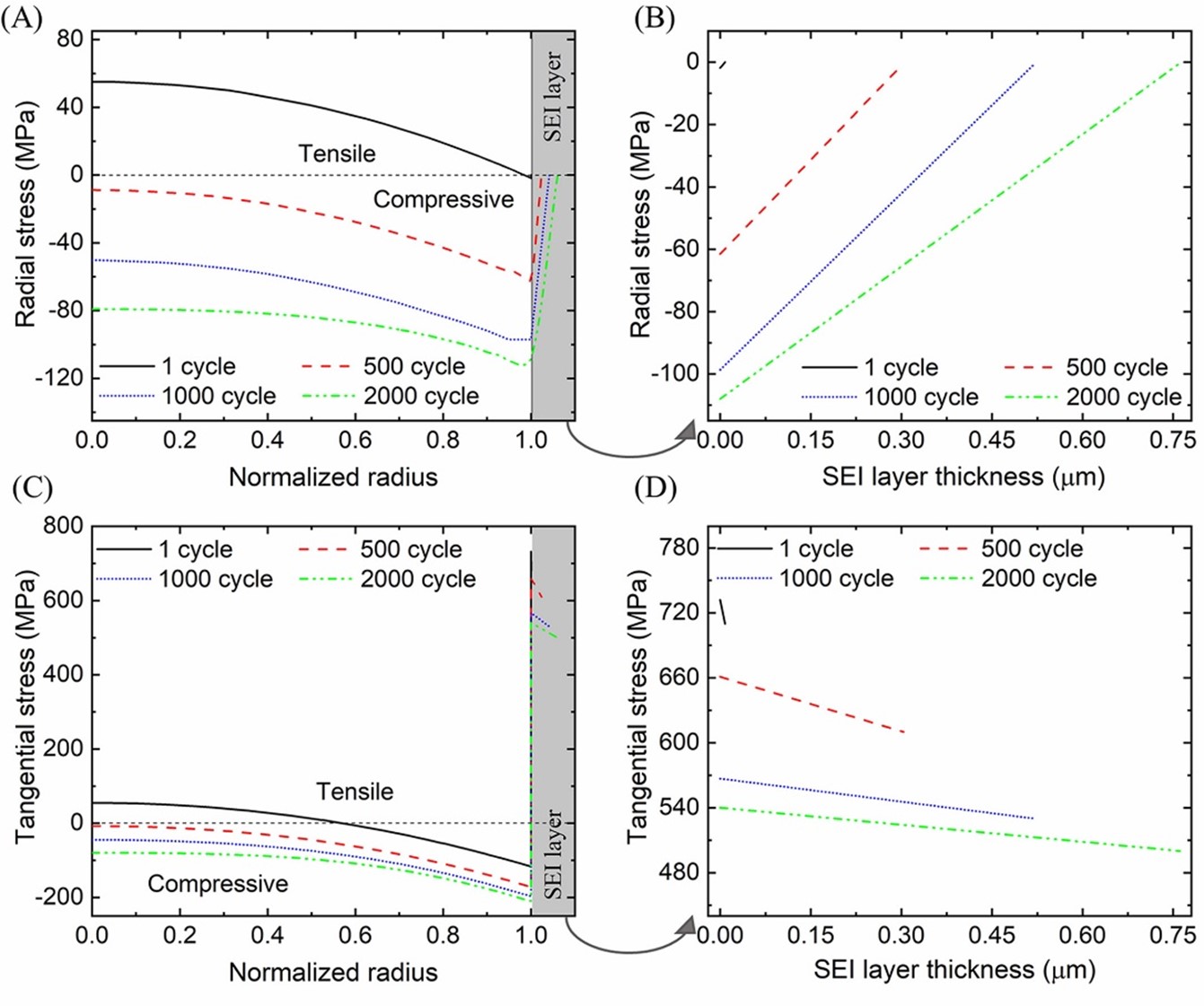
Unpredictable lithium dendrite growth on the metal anode and repeated destruction and creation of the solid electrolyte interphase (SEI) layer result in hidden risks and low Coulombic efficiencies (CEs). Researchers have found that designing a high-quality SEI layer can prevent the growth of dendrite. However, designing and forming a high-quality SEI layer is still a problem. Making trade-off between capacity reduction caused by the SEI layer and better cycle stability significantly limits the general performance of lithium metal batteries. In this research, characteristics of SEI layers and some significant advancements made in SEI formation are outlined. Some designs for the SEI layers on the lithium metal anodes include designing hybrid polymer SEI layers, producing synthetic SEI layers. By controlling the behaviours of Li ions throughout the stripping and depositing processes, the capacity and stability of Li metal anodes may be improved. Finally, some case studies of the applying of SEI in lithium metal battery systems are introduced.

 View pdf
View pdf


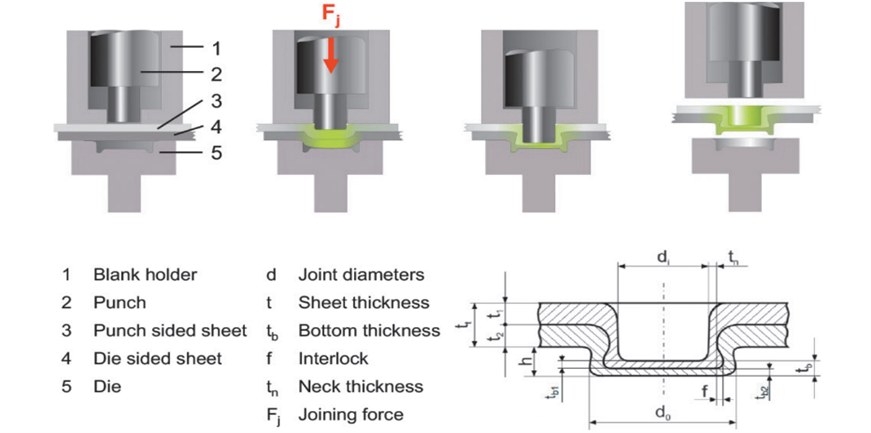
Fuel economy has always been a key performance indicator of automobiles and an urgent issue to be addressed in environmental protection. Fuel economy is influenced by various factors such as car quality, driving resistance, transmission, engine, etc. To increase the fuel economy of automobiles, manufacturers are utilizing new materials for vehicle construction. therefore, it is necessary to investigate the most effective joinery method for constructing lightweight automobiles. In this article, the stages of joinery technology, including clinching, ultrasonic welding, riveting, bolting will be discussed. The authors have chosen to focus on the three most important aspects of these five methodologies, which are strength, bending, and fatigue. This paper will present a conclusion regarding these joining methods after discussing their properties.

 View pdf
View pdf


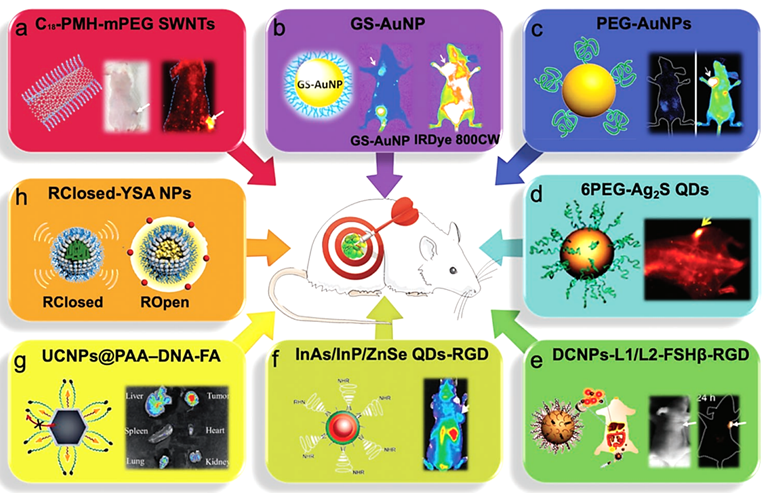
This research discusses the application of nanomaterials in cancer detection and the comparison between various application methods, highlighting their high sensitivity and specificity in the detection of cancer biomarkers. Nanomaterials have the ability to selectively target and bind specific molecules, resulting in improved detection accuracy. They also facilitate the simultaneous detection of multiple biomarkers and enable non-invasive tumor visualization by various imaging methods. Despite the many advantages, there are still many challenges related to safety considerations and optimization of detection techniques that need to be addressed urgently. Nonetheless, the nanomaterials-based approach holds significant promise for improving cancer detection technology and improving early diagnosis. Further research is essential in order to fully exploit the power of nanomaterials in accurate and efficient cancer detection. By addressing these challenges, difficulties, and conducting additional research, nanomaterials have the potential to revolutionize cancer detection, resulting in improved results accuracy, earlier detection of disease, and better treatment for the benefit of humanity.

 View pdf
View pdf




